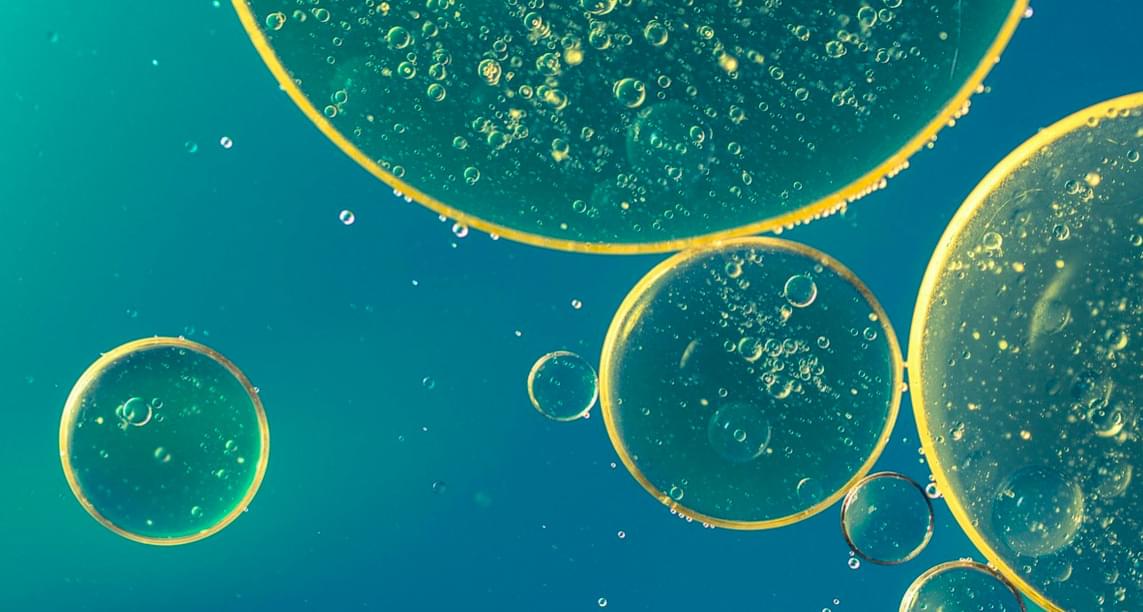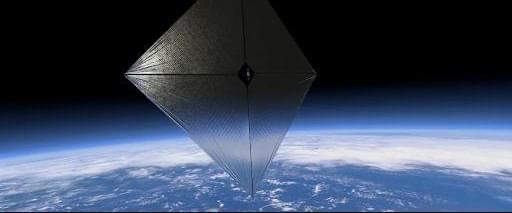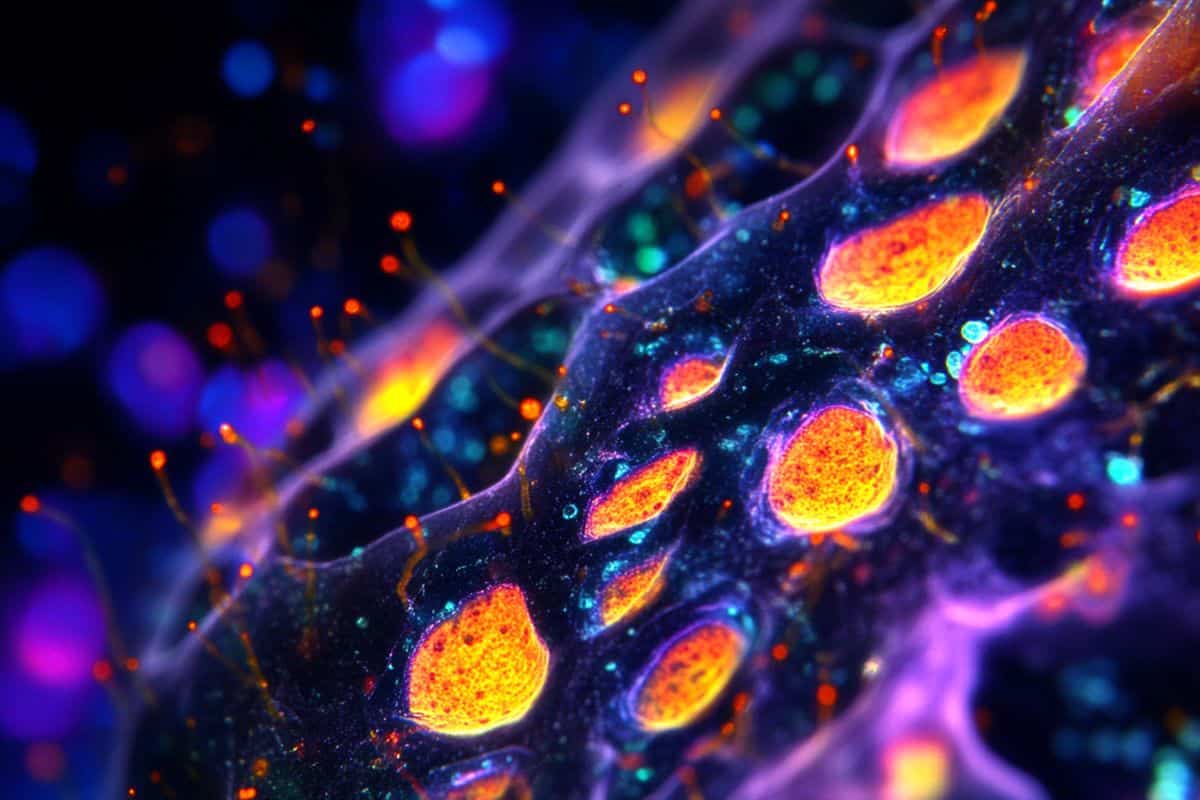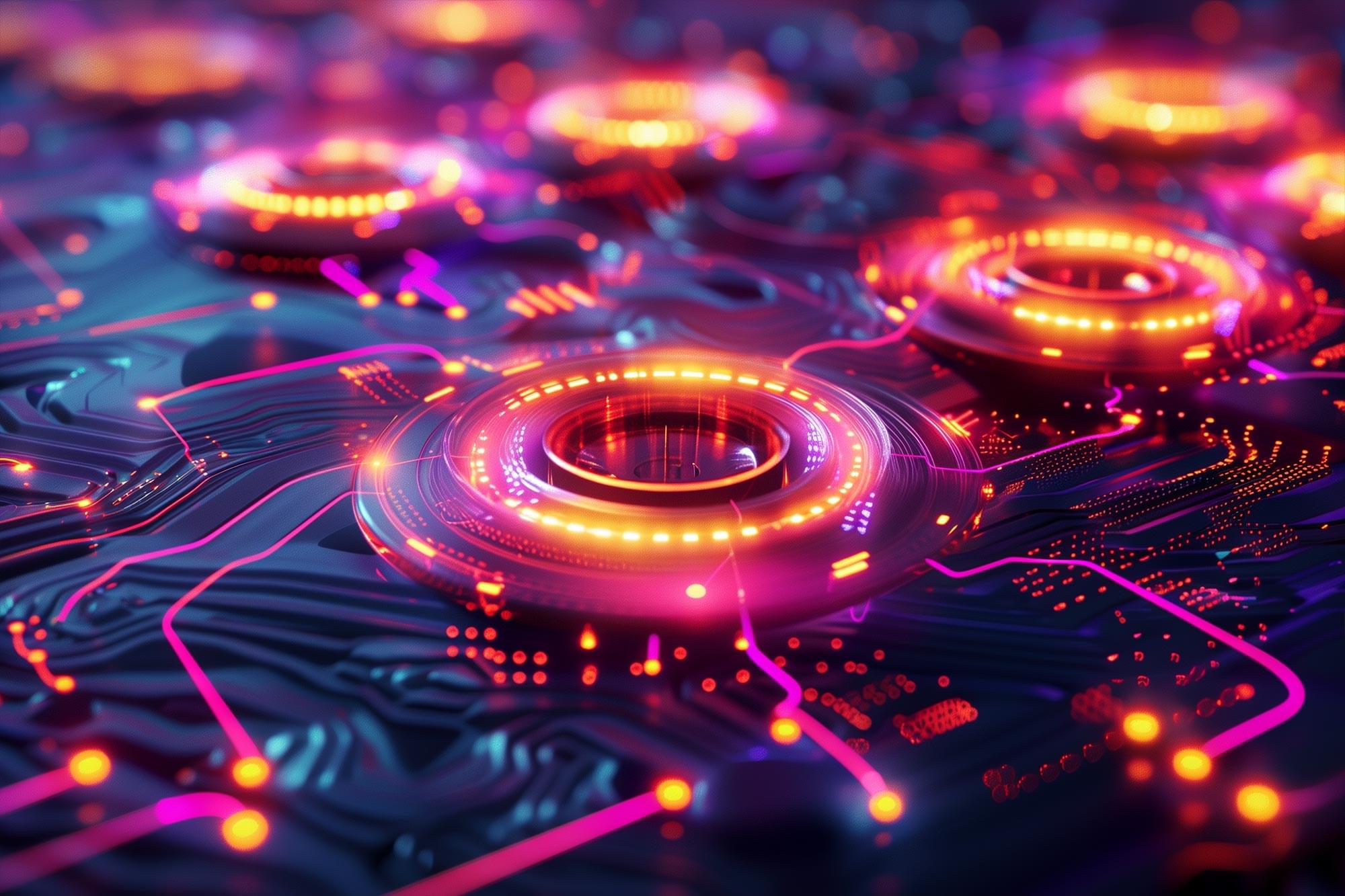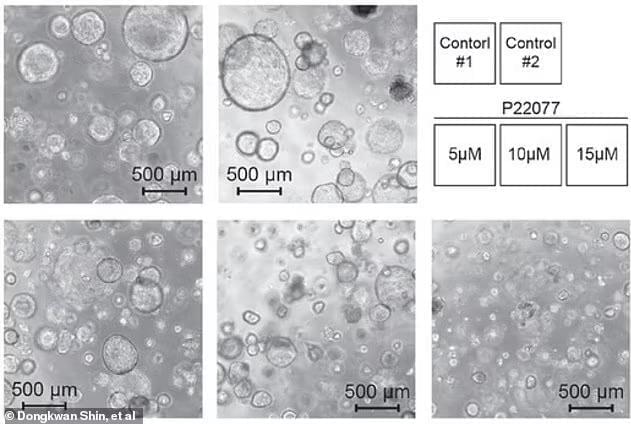Ancient viruses are embedded everywhere in the human genome. Estimates range, but it’s thought that about eight percent of the human genome could be made up of these ancient retroviruses, which are also known as transposable elements. It’s thought that the action of many of of these sequences has stopped, though some research has shown they may still affect human biology. And now, scientists have shown that transposable elements also play crucial roles in the development of human embryos. The findings have been reported in Cell.
There are transposable elements in the human genome that are active in the earliest stages of human embryo development, when there is significant molecular flexibility and plasticity. But the regulation of that plasticity is unclear.

